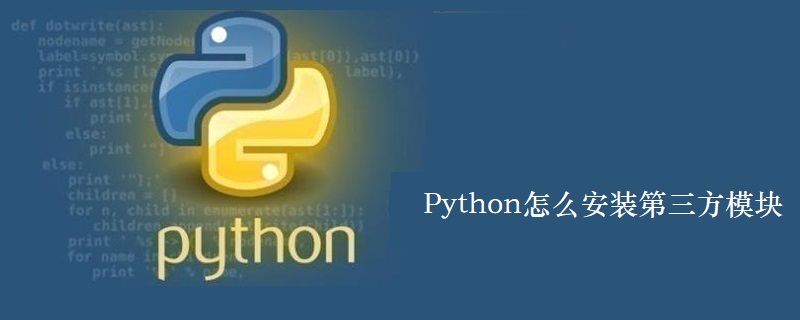
【方法一】: 通过setuptools来安装python模块
首先下载 http://peak.telecommunity.com/dist/ez_setup.py
NOTE: 最好下载个setuptools,本人是15.2版本,里面包含了ez_setup
运行 python ez_setup.py
D:\work\installation\setuptools-15.2\setuptools-15.2>python ez_setup.py > 1.txt Extracting in c:\users\admini~1\appdata\local\temp\tmpbxikxf Now working in c:\users\admini~1\appdata\local\temp\tmpbxikxf\setuptools-15.2 Installing Setuptools ...... Copying setuptools-15.2-py2.7.egg to c:\python27\lib\site-packages setuptools 15.2 is already the active version in easy-install.pth Installing easy_install-script.py script to C:\Python27\Scripts Installing easy_install.exe script to C:\Python27\Scripts Installing easy_install-2.7-script.py script to C:\Python27\Scripts Installing easy_install-2.7.exe script to C:\Python27\Scripts Installed c:\python27\lib\site-packages\setuptools-15.2-py2.7.egg Processing dependencies for setuptools==15.2 Finished processing dependencies for setuptools==15.2
运行 easy_install py
D:\work>easy_install py #py 为第三方库文件 Searching for py Best match: py 1.4.26 Adding py 1.4.26 to easy-install.pth file Using c:\python27\lib\site-packages Processing dependencies for py Finished processing dependencies for py
【方法二】: 通过pip来安装python模块
安装 easy_install pip
D:\work>easy_install pip Searching for pip Best match: pip 6.1.1 Processing pip-6.1.1-py2.7.egg pip 6.1.1 is already the active version in easy-install.pth Installing pip-script.py script to C:\Python27\Scripts Installing pip.exe script to C:\Python27\Scripts Installing pip2.7-script.py script to C:\Python27\Scripts Installing pip2.7.exe script to C:\Python27\Scripts Installing pip2-script.py script to C:\Python27\Scripts Installing pip2.exe script to C:\Python27\Scripts Using c:\python27\lib\site-packages\pip-6.1.1-py2.7.egg Processing dependencies for pip Finished processing dependencies for pip
运行 pip install xlrd
Usage:
pip <command></command> [options]
Commands:
install Install packages.
uninstall Uninstall packages.
freeze Output installed packages in requirements format.
list List installed packages.
show Show information about installed packages.
search Search PyPI for packages.
wheel Build wheels from your requirements.
zip DEPRECATED. Zip individual packages.
unzip DEPRECATED. Unzip individual packages.
help Show help for commands.
General Options:
-h, --help Show help.
--isolated Run pip in an isolated mode, ignoring
environment variables and user configuration.
-v, --verbose Give more output. Option is additive, and can be
used up to 3 times.
-V, --version Show version and exit.
-q, --quiet Give less output.
--log <path> Path to a verbose appending log.
--proxy <proxy> Specify a proxy in the form
[user:passwd@]proxy.server:port.
--retries <retries> Maximum number of retries each connection should
attempt (default 5 times).
--timeout <sec> Set the socket timeout (default 15 seconds).
--exists-action <action> Default action when a path already exists:
(s)witch, (i)gnore, (w)ipe, (b)ackup.
--trusted-host <hostname> Mark this host as trusted, even though it does
not have valid or any HTTPS.
--cert <path> Path to alternate CA bundle.
--client-cert <path> Path to SSL client certificate, a single file
containing the private key and the certificate
in PEM format.
--cache-dir <dir> Store the cache data in <dir>.
--no-cache-dir Disable the cache.
--disable-pip-version-check
Don't periodically check PyPI to determine
whether a new version of pip is available for
download. Implied with --no-index.【方法三】:直接从网上下载下可执行文件来安装.
比如说,去 >>> pythonlibs <<< 网站,提供了很多Python非官方包下载,二进制文件,下载安装方便.










